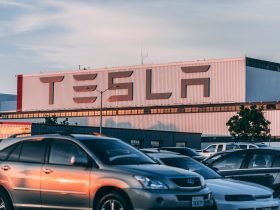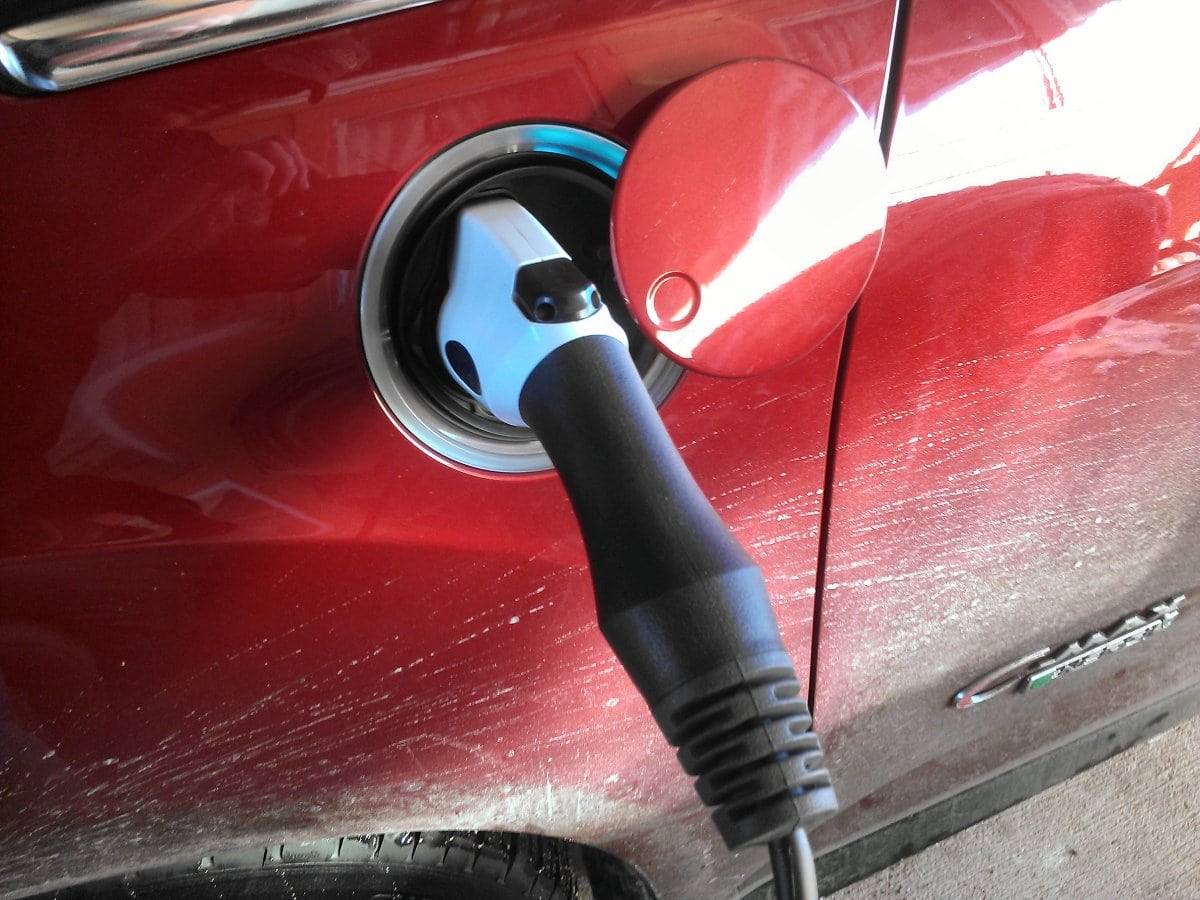As a society, we’re steeped in data. We’re constantly connected and have the breadth of human knowledge at our fingertips no matter where we are, thanks to a variety of networked mobile devices. This data generation is changing the way we interact with the world around us.
Even driving is different than it was 20 years ago. How has data changed driving and the auto industry as a whole? And how can we expect it to continue to change in the future?
Traffic Lights and Patterns
Traffic management has always been challenging. Even a perfectly managed network can end up with traffic jams, accidents, and other problems that interrupt the smooth flow of commuters to and from their destination. While big data isn’t the perfect solution to traffic jams, especially in highly populated areas, big data can be a valuable tool for managing traffic lights and movement patterns.
With nearly 50% of the world’s population living in cities around the globe — and that population growing around 2% every year — tools for managing traffic are going to become more vital than ever. Big data and machine learning programs can analyze traffic patterns faster and more efficiently than human workers can, and can make predictions and suggestions on how to best manage traffic.
Fleet Monitoring and Remote Diagnostics
From small passenger fleets to massive trucking companies, there are hundreds and thousands of commercial vehicles on the road at any given time. There are plenty of tools out there to keep these fleets on the road, and one of the newest — and possibly the most effective — is real time monitoring and remote diagnostics.
Instead of having to take a vehicle offline to perform maintenance or repair broken down systems, fleet owners can use remote diagnostic software to keep track of the status of their vehicles while it’s out on the road. If one of the sensors on the vehicle detects a problem, it can send an alert back to the home base, allowing you to get ahead of problems before they cause a breakdown.
Big Data and Automotive Manufacturing
Every industry generates enormous amounts of data every single day, and the automotive manufacturing sector is no exception. The difference today isn’t in how much data you generate — it’s in how you choose to use it.
Machine learning and predictive analytics algorithms can sort through the data these companies generate and help break it down into something that’s a little easier to digest for the average observer.
Manufacturers can use this data for all sorts of different applications, from improving productivity and efficiency within the workplace to making better decisions on how to best manufacture each piece before it gets assembled into the finished product.
In the long term, you can also use this information — as well as data collected on things like driving habits and driver skills, to make improvements to the vehicles themselves. The possibilities are endless.
Improvements to Driver and Manufacturer Safety
In the automotive industry, safety is something that is constantly on everyone’s mind — both the safety of the assemblers and workers in the factory, and the safety of the drivers and passengers behind the wheel once the cars roll off the assembly line and make it out into the world.
Data doesn’t just come into play when creating a new vehicle. It is a valuable tool when it comes to ensuring that these vehicles are safe to drive, as well as assembled in facilities that are safe to work in.
By tracking safety data and incidents in the workplace, big data gives project managers and business owners the tools to predict and prevent safety incidents instead of reacting to them as they happen.
Engineers and automotive designers can also use this same sort of data to determine the best ways to improve driver and passenger safety, again predicting and preventing issues rather than waiting for them to occur and reacting to them, which can result in costly recalls.
Looking Toward the Future
We’ve made some impressive advancements in big data analytics in driving and the automotive industry in the last 10 years, but this particular branch of data analysis is still in it’s relative infancy.
There’s no telling how it will change or affect the future of the automotive industry or even how it will affect your daily commute. At this point, it’s a wait and see kind of game, with the only limits being the imagination of the engineers behind creating things behind the scenes.








